
Compared to hot chocolate and atole, which are two hot beverages originated in Mexico and prepared since pre-Hispanic times, coffee had a very late debut in the American continent. The coffee bean plant (Coffea arabica, C. robusta and other C. sp.) blooms in the spring with small white flowers and then bears berries, each with two seeds, called beans when dry; originally from Ethiopia, the native people there, particularly the Galla, ate ground coffee beans mixed with animal fat, for energy. It is thought that coffee beans were first roasted and brewed in Yemen as a stimulant beverage; after conquering the Middle East and Northern Africa, coffee had arrived to Europe by the 16th century. The French incorporated coffee into their costumes, creating the fashion of drinking the strong beverage with the addition of hot milk and often, sugar (café au lait). In the 1720s, it was a French officer who introduced coffee to the American continent, when he brought a plant with him to the Caribbean island of Martinique. After a successful harvest in 1726, other plants were brought to Antilles, Jamaica and Cuba.
Spain did not fully embrace coffee until the early 1700s, when a childless King Charles II was succeeded by his nephew Philippe, Duke of Anjou, who became Felipe V and the first member of the House of Bourbon to rule as King of Spain. Felipe reigned with the acumen from his French upbringing, favouring his motherland whenever there was a conflict with Spain, and brought French costumes to the Spanish court, including the enjoyment of café au lait (café con leche, in Spanish), which was prepared with equal parts of strong coffee and hot milk, then sweetened. After that, coffee was slowly introduced to the Spanish colonies; in 1740 to The Philippines, by Spanish Franciscans, and in the 1790s, the first coffee plants finally made it to the Mexican port of Veracruz in the Golf of Mexico, from the Caribbean islands. Other coffee plantations were established in later years: in the South, in Chiapas, with coffee plants from Guatemala, and Oaxaca with coffee from Cuba; and near the Pacific coast, in Michoacán and neighbouring states, with beans brought directly from the port of Mokha, in Yemen.
In the early 1800s, towards the end of the Spanish rule in Mexico, the first cafés opened in Mexico City, and coffee was served, “ … estilo de Francia”: esto es, endulzado y con leche.” (“… the French way, that is, sweetened and with milk.” Quote from “Cocina Mexicana o Historia Gastronómica de la Ciudad de México” by Salvador Novo, Mexico City’s Chronicler, Ed. Porrúa*). In the early 20th century, many famous cafés were established, such as Café de Tacuba and El Café Fénix. In Spain and Mexico, café con leche is traditionally served in a tall cup made of thick glass; a metal spoon is placed in the empty cup to prevent it from cracking when hot strong coffee is poured first (photo below, left), and then hot milk (photo below, right):
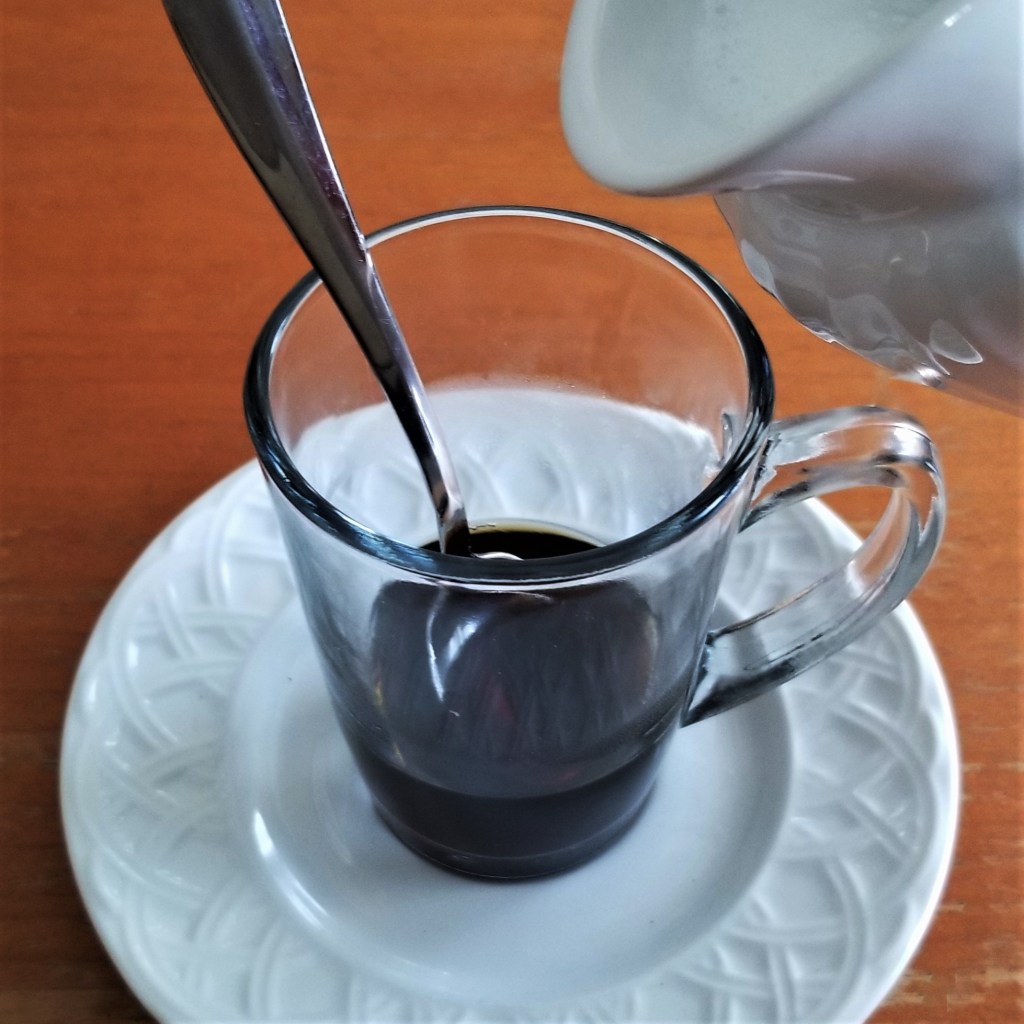
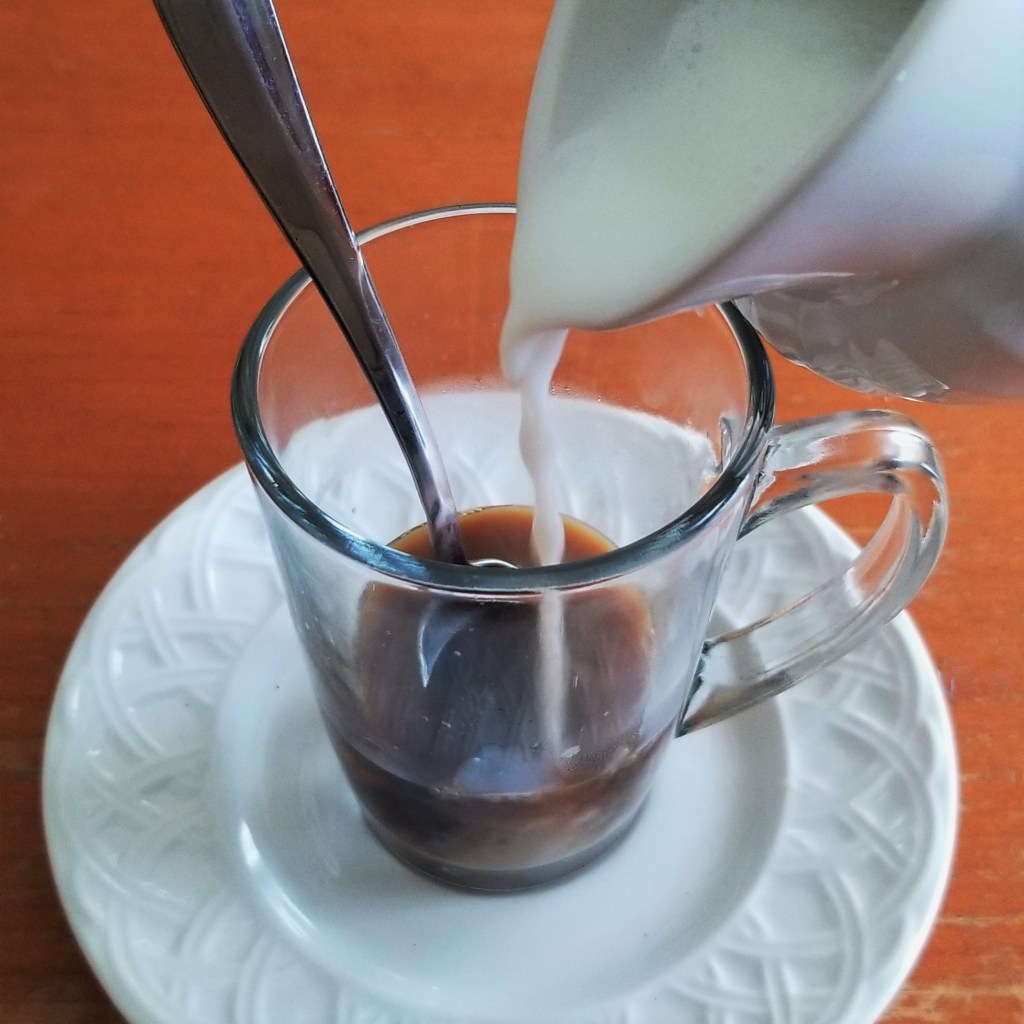
The milk is poured from a distance from the glass, to promote airy foam (photo below, left). The milk must be freshly heated up but not boiled, to avoid an undesirable film, while achieving a frothy top (photo below, right):
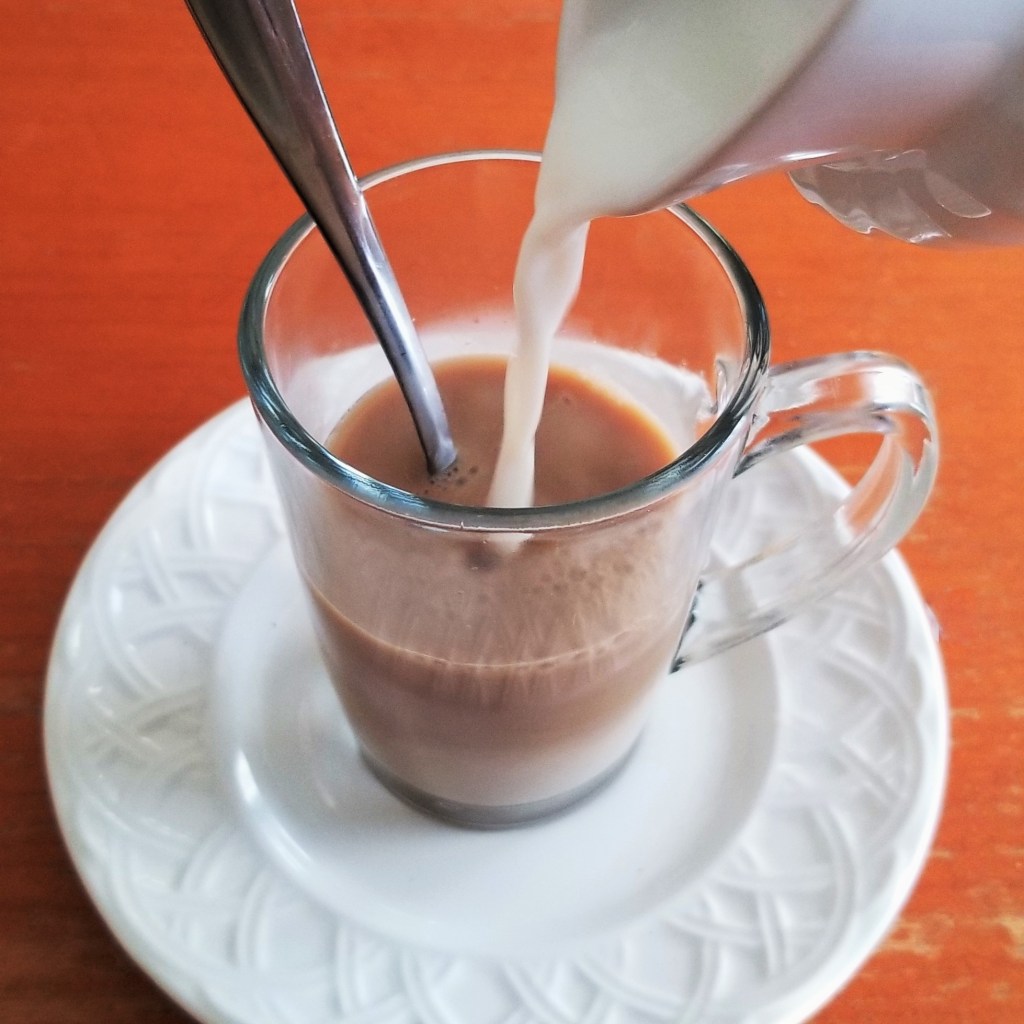
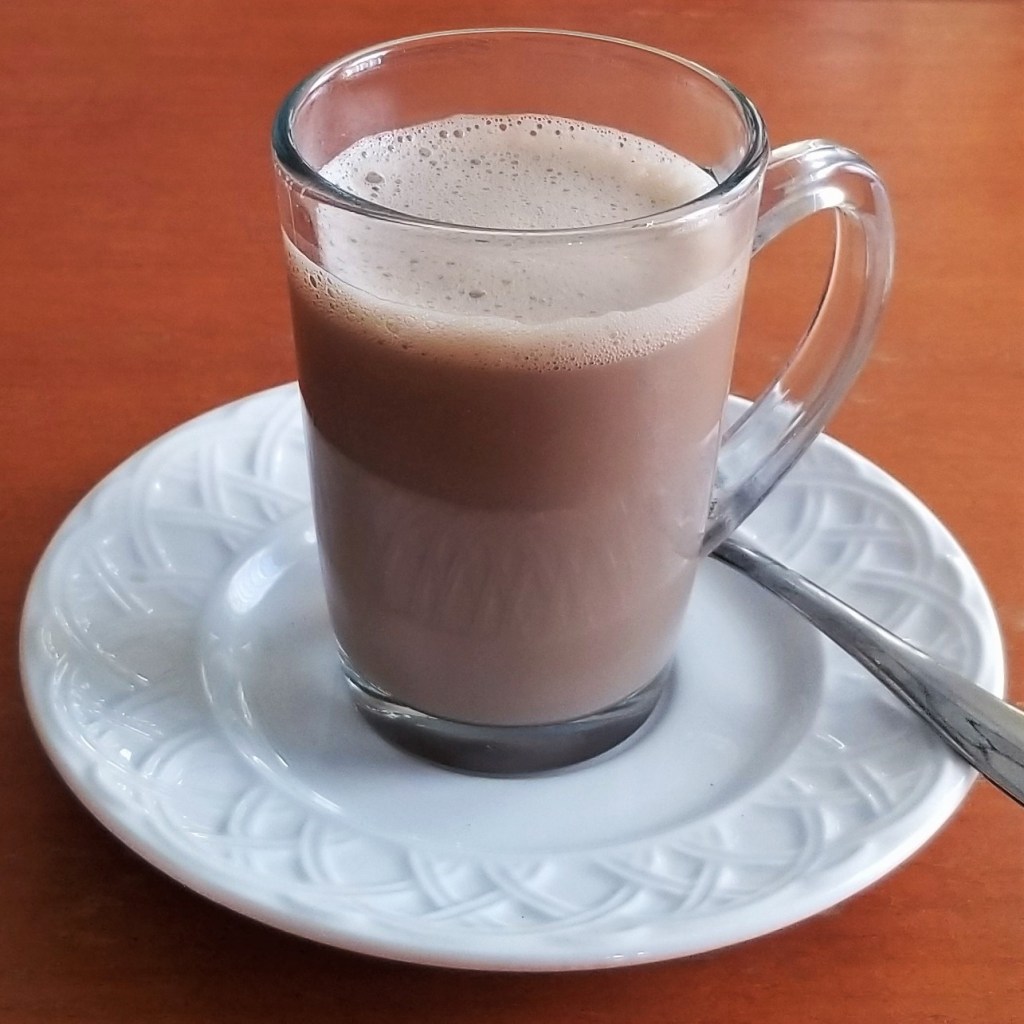
Sugar may be added, to taste.
After the Mexican Revolutionary war (1910-1917), more affordable cafés were established, many of them famously managed by Chinese immigrants that had come from the North, disenchanted from the Gold Rush in California, and after jobs building the Transcontinental Railroad, and other railroad projects in Northern Mexico, were gone. People started calling these establishments “cafés de chinos” (Chinese cafés); inexpensive breakfasts, American style biscuits (called bisquets) and of course the tall and thick glass of café con leche, became legendary items on their menus. Some of these cafés are still around; “Bisquets Obregón” started in 1945 as a small restaurant called “La Perla de Oriente” (Pearl of Orient), and now it is a chain, named after the Mexican biscuit created in this and other “cafés de chinos”.
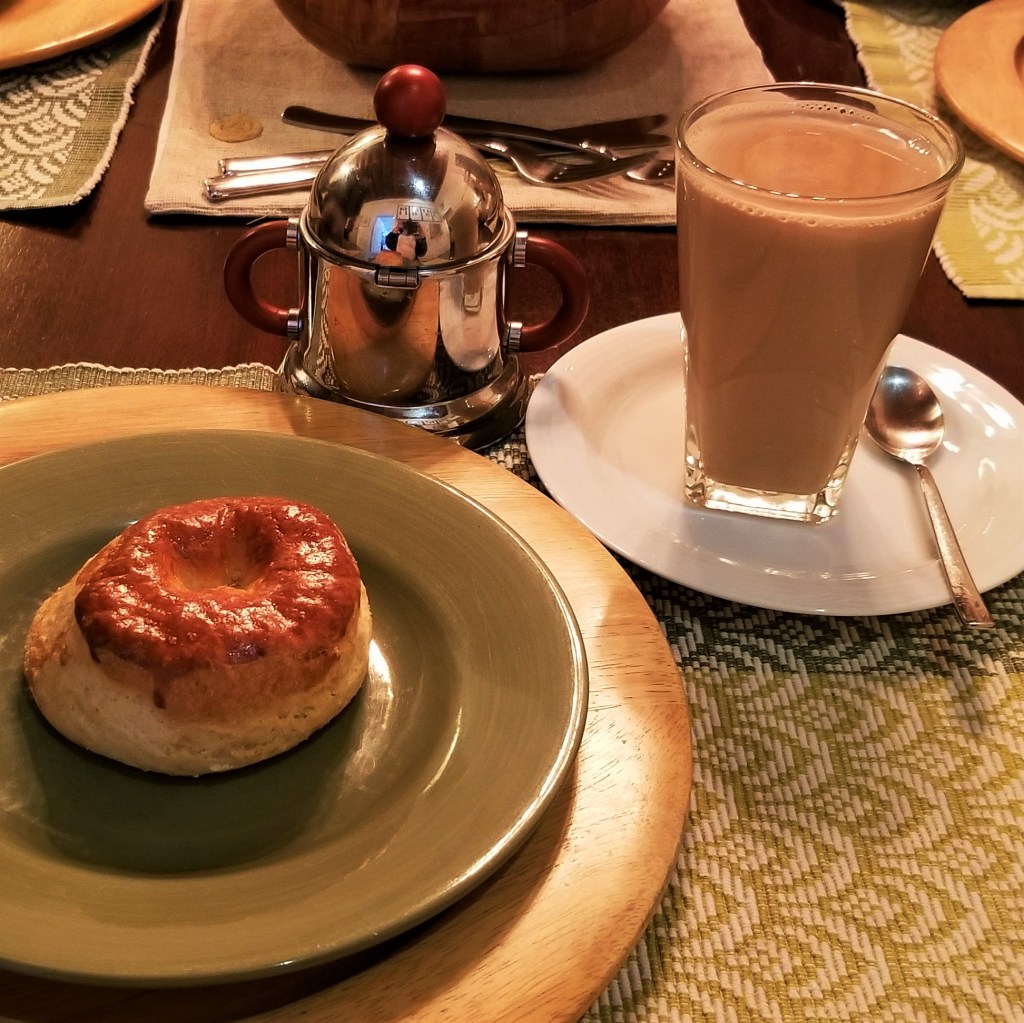
Instant coffee was invented in the late 1800s, with a French patent by Alphonse Allais, and one by David Strang in New Zealand. In 1901, Satori Kato, a Japanese scientist working in Chicago, was also attributed some credit for this invention, and his was the first instant soluble coffee marketed commercially, in 1910; Nescafé™ introduced a more advanced coffee refining process in 1938. Instant coffee became a popular option for “café con leche” in Mexico, making it possible to enjoy a full cup of hot milk, flavoured with soluble coffee crystals, and no water added:
Mexico placed 8th amongst the top world producers of coffee in 2020 with 602 million pounds, currently cultivated in 12 Mexican states: Chiapas, Veracruz, Puebla, Oaxaca, Guerrero, Hidalgo, San Luis Potosí, Nayarit, Colima, Jalisco, Querétaro, and Tabasco. Many coffee plantations in Mexico have been sustainably developed in collaboration with the INAES (Instituto Nacional de Economía Social – National Institute for Social Economy), both ecologically and socially speaking, with sound practices for conservation of habitat, soil, water and other resources, as well as programs to train, employ, and benefit local populations.
FUN TALE: When ordering “café con leche” in Mexico …
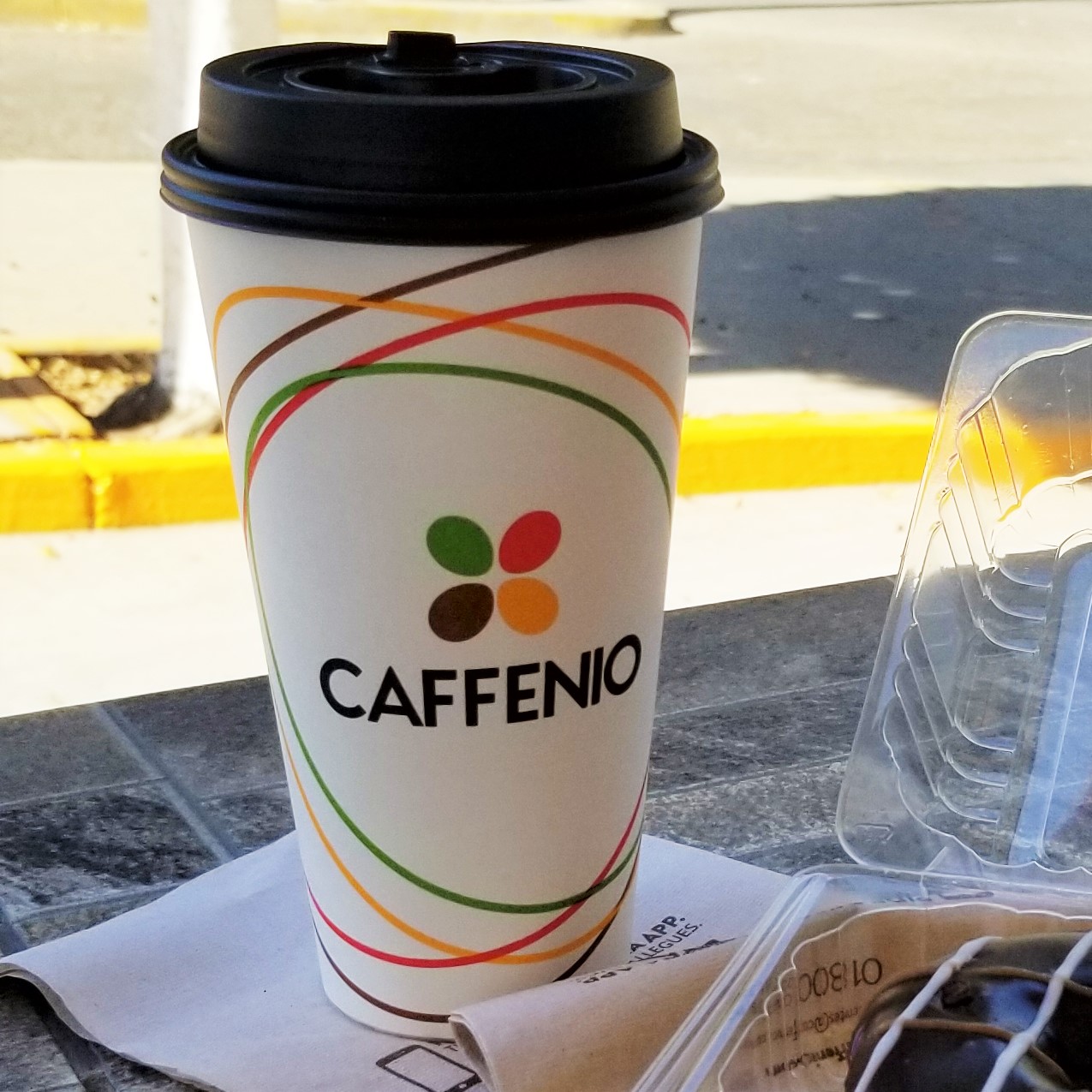 A couple of years ago, I was visiting my family in Mexico, and happened to be at an outdoor and drive-through coffee shop, part of the chain “Caffenio”. I ordered a large coffee, and while paying, I added “with milk and sugar, please”. The lady remained very courteous but seemed a little annoyed; I noticed she had to cancel my order, and the new price had gone up by more than a few cents. While waiting for my cup, I was wondering what kind of coffee shop would charge extra for milk and sugar, but once I had drunk just a sip of my selection, I realized it was very frothy and rich, and of course I recalled that in Mexico “coffee with milk” – “café con leche”, may have a completely different meaning than simply adding a little cold milk to a cup of black coffee, even at coffee shop chains!
A couple of years ago, I was visiting my family in Mexico, and happened to be at an outdoor and drive-through coffee shop, part of the chain “Caffenio”. I ordered a large coffee, and while paying, I added “with milk and sugar, please”. The lady remained very courteous but seemed a little annoyed; I noticed she had to cancel my order, and the new price had gone up by more than a few cents. While waiting for my cup, I was wondering what kind of coffee shop would charge extra for milk and sugar, but once I had drunk just a sip of my selection, I realized it was very frothy and rich, and of course I recalled that in Mexico “coffee with milk” – “café con leche”, may have a completely different meaning than simply adding a little cold milk to a cup of black coffee, even at coffee shop chains!
In the same manner, it should not come as a surprise to be served a full cup of hot milk, along with a spoon and a jar of instant coffee crystals, when ordering “café con leche” at a small family restaurant or cafeteria, especially in the country side.
* For your convenience, click on the image below for this book available in Spanish on Amazon™. DISCLAIMER: Any reviews included in this post are my own, for items I have purchased, not provided by any company; as an Amazon Associates Program affiliate, I might receive a commission for any purchases originated from the links below, at no extra cost to you (thank you to readers who have bought other products starting with a click from my links!):
I am joining Over the Moon #263, graciously hosted by Bev @ Eclectic Red Barn, and Marilyn @ Marilyn’s Treats.
I am sharing my recipe at Thursday Favourite Things #476, with Bev @ Eclectic Red Barn, Pam @ An Artful Mom, Katherine @ Katherine’s Corner, Amber @ Follow the Yellow Brick Home, Theresa @ Shoestring Elegance and Linda @ Crafts a la Mode.
I am bringing my recipe to Full Plate Thursday #523 with Miz Helen @ Miz Helen’s Country Cottage.
I am also joining Fiesta Friday #367 with Angie @ Fiesta Friday.

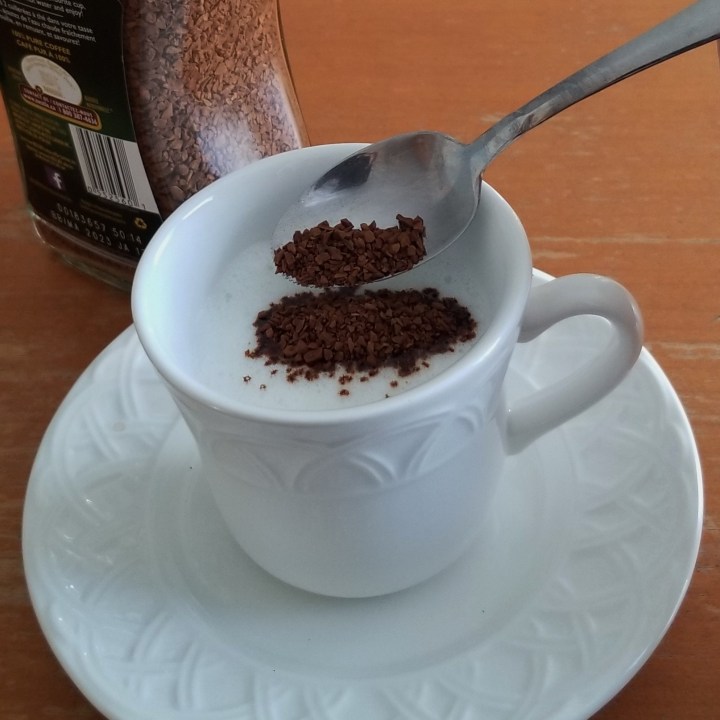
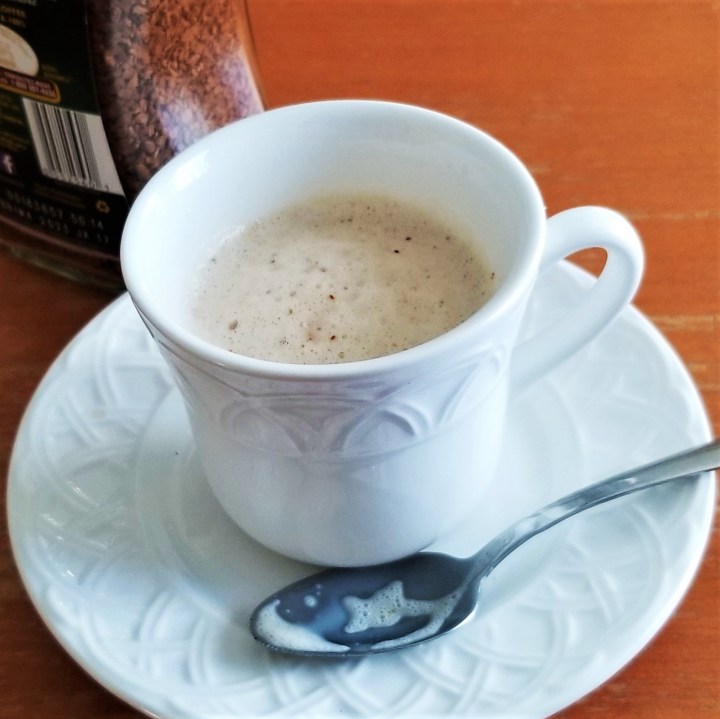








Several every morning to get the motor running. This was a standby for my family at night. I can’t do it after 2 PM…but in the AM it would be a terrible morning without it.
LikeLike
I am the same; I used to be able to drink coffee any time, but now, it is strictly AM!
LikeLike
You could keep the coffee but I’d help you with the cake!
LikeLiked by 1 person
Classic Bisquet recipe coming soon …
LikeLiked by 1 person
How’d have thought coffee would have such rich history. What an interesting post. Made me laugh about getting the wrong coffee. I did that a couple times in France when mispronouncing a word or two.
LikeLiked by 1 person
Delicioso. Only one coffee in the morning for me now. Long gone are the days of sipping an after dinner cup.
LikeLiked by 1 person
Same for me!
LikeLike
Interesting… I honestly don’t know how the baristas here keep everyone’s specialty orders straight. Double this or that, extra hot, hold the whip, 1/2 the syrup, etc. So complicated.
LikeLiked by 1 person
Hehe, yeah, real talented people!
LikeLiked by 1 person
I really enjoyed that wander through the history of coffee, Irene.
LikeLiked by 1 person
Thanks, Tracy!
LikeLiked by 2 people
What an interesting history of coffee you present here. These pictures remind me of the café con leche I used to drink, now I prefer my coffee black. Very interesting post!
LikeLiked by 1 person
I usually just add a little bit of cold milk, but the frothy and rich hot milk is a nice treat. Glad the post brought you back good memories, thank you for your kind comment!
LikeLiked by 2 people
This sounds wonderful. Great post!
LikeLiked by 1 person
Thank you so much, chef Mimi!
LikeLiked by 2 people
Thank you for sharing at #OverTheMoon. Pinned and shared. Have a lovely week. I hope to see you at next week’s party too! Please stay safe and healthy. Come party with us at Over The Moon! Catapult your content Over The Moon! @marilyn_lesniak @EclecticRedBarn
LikeLiked by 2 people
Irene,
Although I don’t drink coffee, it looks great so I have sent it to my daughter. She is the coffee person. Congratulations, you are being featured on Thursday Favorite Things. I hope you stop by.
https://www.eclecticredbarn.com/2021/02/thursday-favorite-things-party_18.html
Hugs,
Bev
LikeLiked by 2 people
Thank you so much, Bev, and thank you for hosting. Hugs back!
LikeLiked by 1 person
Wow. That looks heavenly, I’d love to try this!
LikeLiked by 1 person